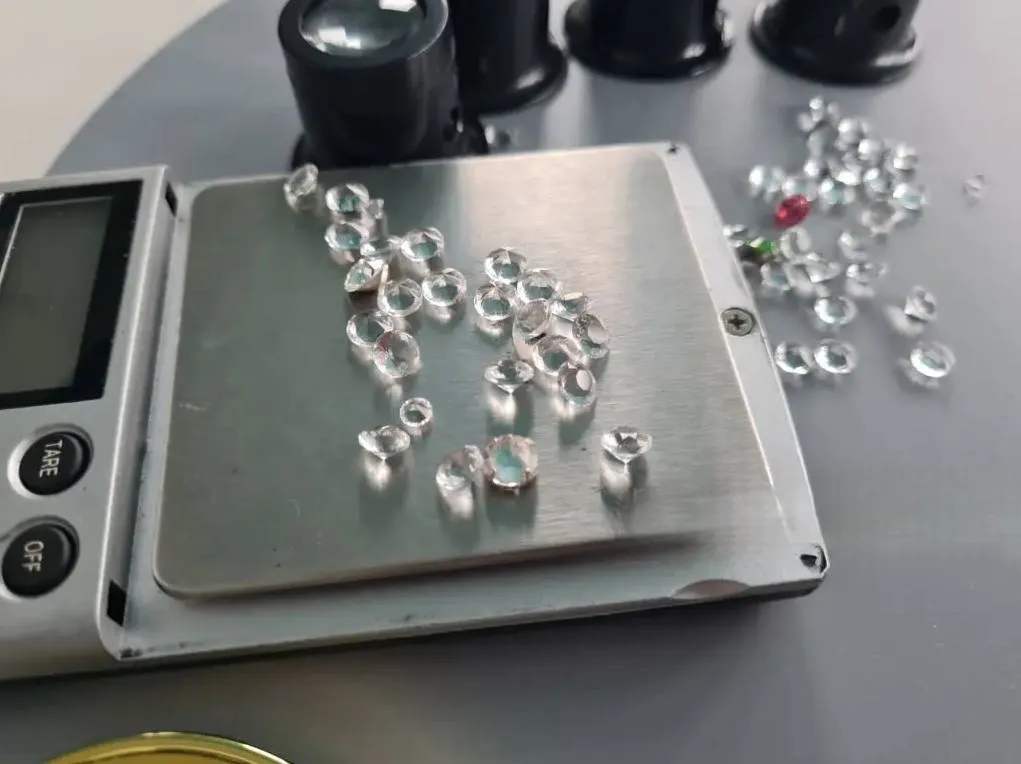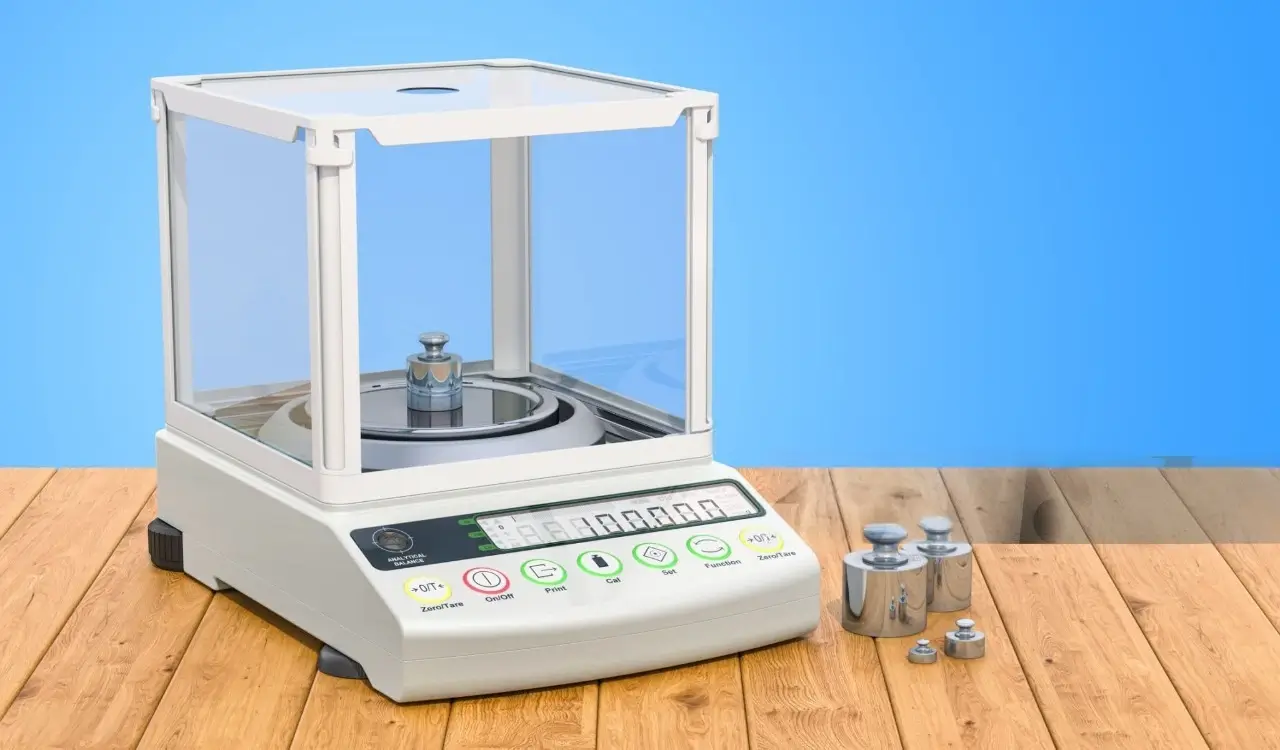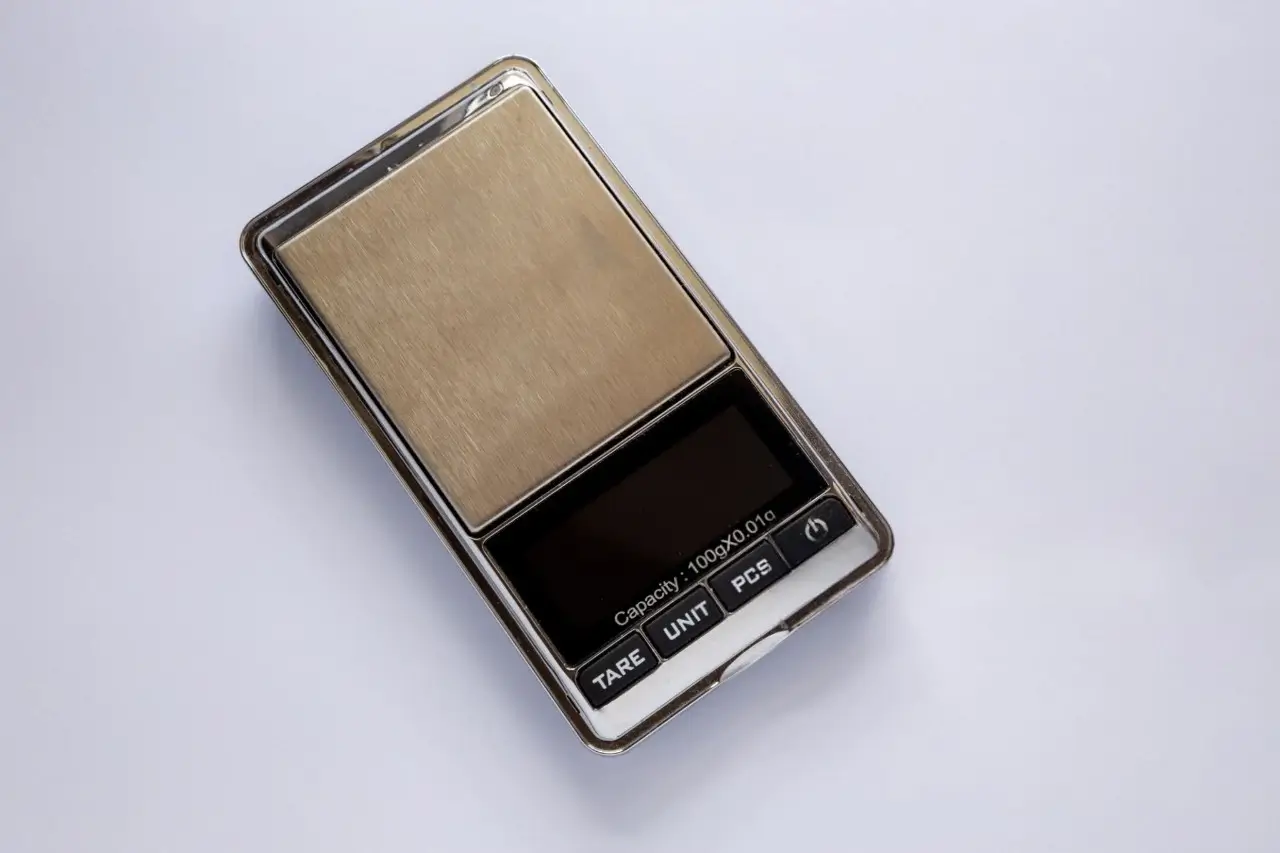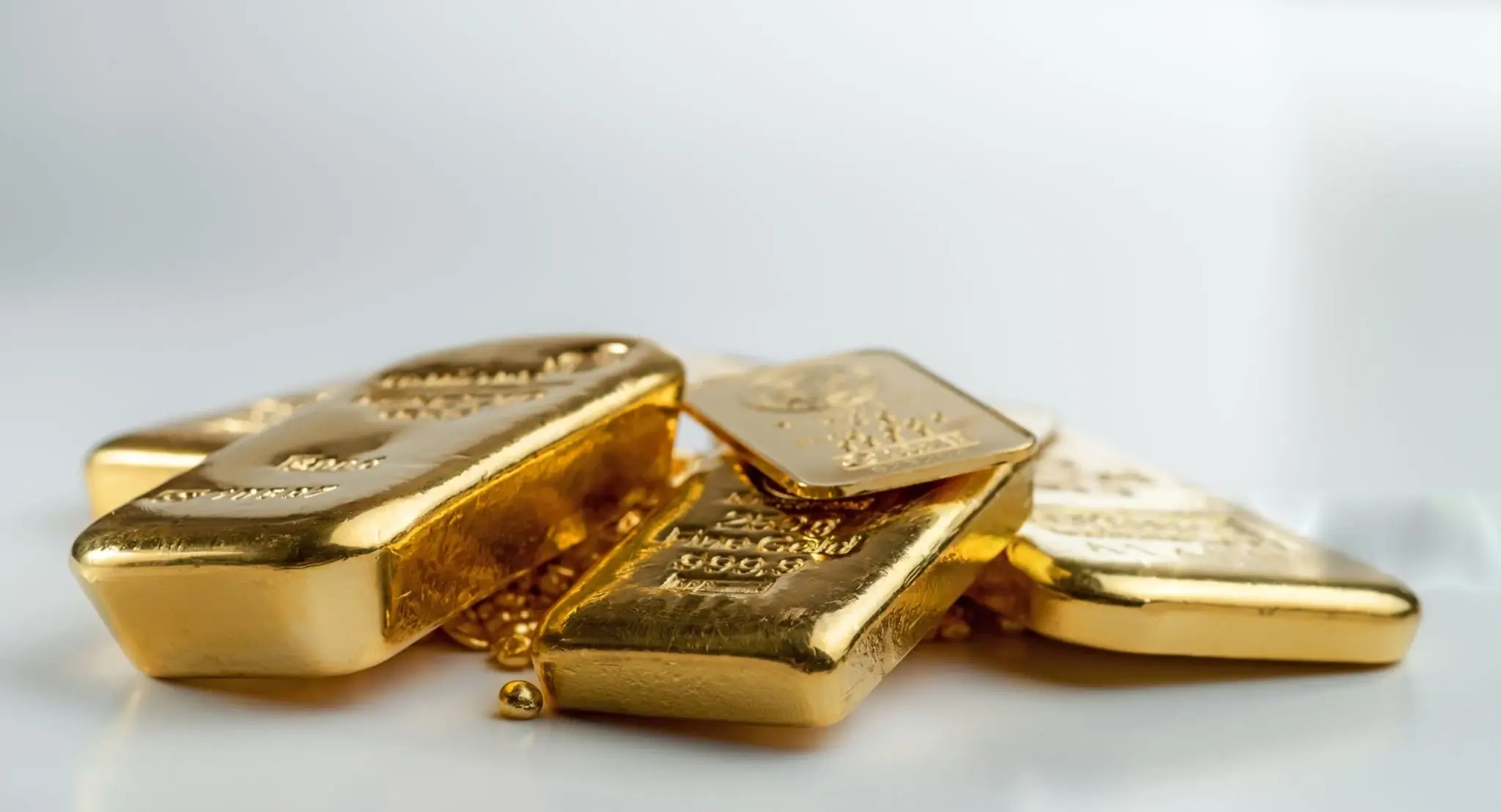The precision of a jewelry scale is paramount, whether you’re a seasoned professional, a passionate hobbyist, a discerning investor, or an online shopper verifying a new acquisition.
A fake or inaccurate scale can cost you money, damage your reputation, compromise quality, or even land you in legal trouble. This guide offers tailored advice for different users, highlighting their unique risks and arming them with practical tips to choose reliable scales and steer clear of duds.

Part 1: For Jewelry Industry Professionals (Retailers, Pawnbrokers): Safeguarding Transactions and Reputation
Focus: Legal compliance, customer trust, and accurate transactions
Pitfalls: Buying uncertified scales, skipping regular calibration, using scales with poor precision, or falling for counterfeit models that look legit.
Identifying Fake/Inaccurate Scales: Key Indicators
| Key Indicator | Description |
| Lack of Required Certifications | Verify the presence and validity of legal-for-trade certifications (e.g., NTEP in the US, OIML in Europe) for commercial use. Scrutinize the scale for official markings and demand to see the accompanying documentation. A genuine scale will clearly display these certifications. |
| Suspiciously Low Purchase Price from Unverified Suppliers | Be extremely cautious of deals that seem too good to be true, especially from unfamiliar or unestablished sources. Counterfeiters often lure buyers with significantly discounted prices. Investigate the supplier’s reputation thoroughly. |
| Inability to Pass Calibration Tests | Regularly test your scales with certified calibration weights. Consistent failure to calibrate, or the need for unusually large adjustments, indicates a potential problem with accuracy or that the scale might be fake. |
| Inconsistent Readings with Standard Weights | Perform multiple weighings of the same certified weight. Variations beyond the scale’s stated tolerance suggest inaccuracy or a faulty device. |
| Unprofessional Build and Finish | Examine the physical construction of the scale. Flimsy materials, poorly fitted parts, loose components, or obvious signs of tampering (like mismatched screws or damaged seals) are red flags. Genuine professional scales are typically robustly built. |
| Lack of Traceability | Reputable scale manufacturers provide serial numbers and often have records of their products. A lack of such identifiers or an inability to trace the scale’s origin or calibration history can indicate a counterfeit or unreliable device. |
Prevention: Best Practices
- Buy Certified Scales from Trusted Dealers: Always source weighing equipment from authorized distributors and reputable companies known for their quality and reliability.
- Implement Strict Calibration Protocols: Set up a regular calibration schedule using certified weights and maintain detailed records of each calibration.
- Train Staff to Recognize Red Flags: Educate employees on the importance of accurate weighing and how to spot the signs of malfunctioning or suspicious equipment.
- Audit Scale Performance Regularly: Go beyond routine calibration and conduct periodic spot checks to catch issues early and maintain accuracy.
Part 2: For Artisans and DIY Jewelry Makers — Ensuring Material Precision and Quality
Focus: Accurate measurement of crafting materials, consistent alloy ratios, and cost-effective use of precious metals and gemstones.
Pitfalls: Buying uncertified scales, skipping regular calibration, using scales with poor precision, or falling for counterfeit models that look legit.
Identifying Fake/Inaccurate Scales: Key Indicators
| Key Indicators of Fake/Inaccurate Scales | Description |
| Readings That Jump or Drift Excessively | While minor fluctuations are normal, excessive instability or constant drifting indicates a problem with the sensor or internal electronics. |
| Inability to Accurately Measure Small Increments | Even with high readability, the scale should consistently register very small weight changes when tiny weights are placed and removed. Inaccurate or unpredictable responses suggest an issue. |
| Noticeable Lag in Response Time | A significant delay between placing an item and the weight stabilizing suggests a slow or faulty sensor, common in cheaper or counterfeit models. |
| Plastic or Inferior Internal Components | If internal inspection is possible, cheap plastic parts or poorly soldered connections in a scale marketed as “high-precision” are major warning signs. |
| Lack of Clear Instructions or Calibration Procedures | A poorly written, incomplete, or missing user manual, especially regarding calibration, often indicates a low-quality or counterfeit product. Reputable scales come with detailed instructions. |
Prevention: Best Practices
- Choose Durable, Precise Scales from Reputable Suppliers: Pick scales designed for your materials’ precision needs and built to handle workshop wear and tear. Source them from trusted retailers.
- Keep Your Workspace Stable: Minimize vibrations, drafts, and dust, which can skew readings even on quality scales. A clean, steady surface is your friend.
- Calibrate Regularly with Proper Weights: Use calibration weights matched to your scale’s capacity and accuracy class, following the manufacturer’s guidelines.
- Be Skeptical of Budget “Precision” Scales: Cheap scales often overpromise and underdeliver. If the specs sound too impressive for the price, they probably are.
Part 3: For Investors and Collectors: Verifying Authenticity and Value
Focus: Confirming the weight and authenticity of high-value items (bullion, gemstones, rare pieces) for appraisals, insurance, or resale.
Pitfalls: Using unverified scales, missing tiny weight discrepancies that matter for pricey items, or trusting scales tampered with to show misleading results.
Identifying Fake/Inaccurate Scales: Key Indicators
| Key Indicators of Fake/Inaccurate Scales | Description |
| Weight Readings That Differ Significantly from Known Standards or Reputable Sources | Always compare your scale’s readings with official specifications or measurements from trusted sources. Significant discrepancies should raise immediate suspicion. Lack of Tamper-Evident Seals or Features |
| Lack of Tamper-Evident Seals or Features | For scales used in high-value transactions, check for features indicating the scale hasn’t been tampered with. Broken or missing seals are a red flag. |
| Unusual Weight Increments or Fluctuations | Readings that jump erratically or display illogical increments for the item being weighed can indicate a faulty or manipulated scale. |
| Absence of Serial Numbers or Manufacturer Markings | Legitimate scales typically have unique serial numbers and clear manufacturer identification. Their absence can suggest a counterfeit or unregistered product. |
| Reluctance of a Seller to Have the Scale Independently Verified | When purchasing high-value items, a seller’s refusal to allow independent verification of their scale’s accuracy is a major warning sign. Export to Sheets |
Prevention: Best Practices
- Invest in Scales with Certified Calibration: For high-value items, invest in scales that come with calibration certificates traceable to recognized standards.
- Check Accuracy Often: Keep a set of certified calibration weights and test your scale frequently to ensure it’s spot-on.
- Match Precision to Value: High-value gems and metals demand scales with exceptional readability (e.g., 0.001g or 0.0001g). Don’t skimp on precision here.
- Vet Private Sellers Carefully: Be wary of individuals who can’t prove their scale’s accuracy. Ask for documentation or weigh items yourself before closing a deal.
Part 4: For Online Jewelry Buyers: Protecting Against Scams
Focus: Verifying that purchased items match the seller’s stated weight and spotting scams involving underweighed metals or stones.
Pitfalls: Sellers using dodgy scales to inflate value, receiving less material than you paid for, or struggling to prove weight issues after delivery.
Identifying Fake/Inaccurate Scales (Used by Sellers): Key Indicators
| Key Indicators of Fake/Inaccurate Scales | Description |
| Weight Readings That Differ Significantly from Known Standards or Reputable Sources | Always cross-reference the weight of your items with official specifications or measurements from trusted sources. Significant deviations should raise immediate suspicion. |
| Lack of Tamper-Evident Seals or Features | For scales used in high-value transactions or appraisals, look for features that indicate the scale hasn’t been tampered with. Broken or missing seals are a red flag. |
| Unusual Weight Increments or Fluctuations | Readings that jump erratically or display illogical increments for the item being weighed can indicate a faulty or manipulated scale. |
| Absence of Serial Numbers or Manufacturer Markings | Legitimate scales typically have unique serial numbers and clear manufacturer identification. Their absence can suggest a counterfeit or unregistered product. |
| Reluctance of a Seller to Have the Scale Independently Verified | If you are purchasing high-value jewelry or precious metals, a seller’s refusal to allow independent verification of their scale’s accuracy is a major warning sign. |
Prevention: Best Practices
- Get Your Own Verification Scale: Buy a compact, accurate jewelry scale from a reputable retailer to check the weight of your purchases when they arrive.
- Ask for Proof from Sellers: Before buying, request clear weight details and photos or videos of the item being weighed. Legit sellers won’t hesitate to provide this.
- Watch for Red Flags: If a deal seems too good to be true, it might involve low-quality materials or shady weighing practices. Trust your instincts.
- Know the Return Policy: Confirm the seller offers a fair return process for weight discrepancies, so you’re covered if the item doesn’t match the description.
Conclusion: Prioritizing Precision and Trust
Avoiding fake or inaccurate jewelry scales takes a mix of caution, know-how, and the right tools. By understanding the risks tied to your role—whether you’re running a shop, crafting a masterpiece, investing in gold, or shopping online—you can protect your wallet, your work, and your peace of mind. At Stuccler, we’re passionate about supplying top-notch, reliable jewelry scales for every need. Browse our collection and reach out to our team for help finding the perfect scale for you.




